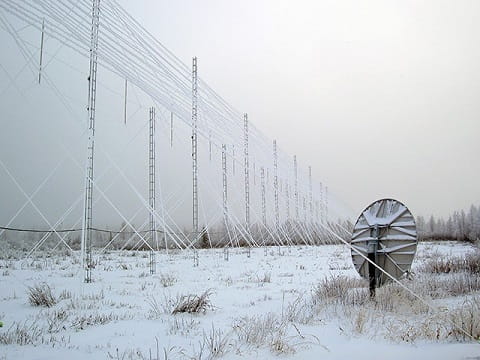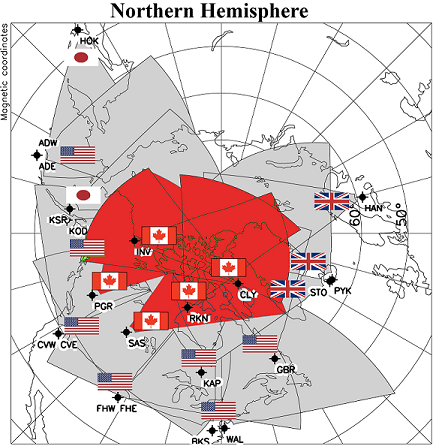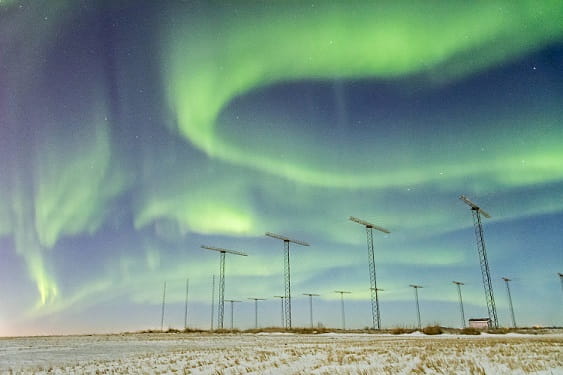Released on May 22, 2018

The Super Dual Auroral Radar Network of Canada (SuperDARN), headquartered at the University of Saskatchewan, will receive $1.58 million through Innovation Saskatchewan’s Innovation and Science Fund over four years.
Two researchers at the University of Saskatchewan, physicists Kathryn McWilliams and Jean-Pierre St-Maurice, lead Canada’s participation in the international SuperDARN program. SuperDARN is an international network of high-frequency radars operated and maintained by multiple universities and research institutions across the globe to monitor space weather.

“The physics department at the University of Saskatchewan has a longstanding history of making vital contributions to science,” Minister Responsible for Innovation Saskatchewan Tina Beaudry-Mellor said. “This investment not only supports valuable research the radar network conducts, but on a broader scale it supports advancements in physics and the talented scientists who have stepped up to take senior roles.”
The provincial investment, which matches funding from the federal government through the Canada Foundation for Innovation’s Major Science Initiatives Fund and the Canadian Space Agency’s Geospace Observatories Canada program, will be used to operate SuperDARN Canada’s radars. Space weather originates from the sun, which loses material from its surface at a rate of more than one million tonnes per second. This material takes the form of high-energy charge particles that travel up to a thousand miles per second, streaming through space toward the Earth’s north and south poles — resulting in everything from power outages and radio interference to spectacular northern lights displays.

“Working together with our provincial and federal partners, we are playing a leadership role in the international SuperDARN collaboration through the development of leading-edge radar technology and distribution of data around the world that will one day enable true space weather forecasting,” University of Saskatchewan Vice-President of Research Karen Chad said.
-30-
For more information, contact:
Deb Young
Trade and Export Development
Regina
Phone: 306-787-4765
Email: deb.young@gov.sk.ca
